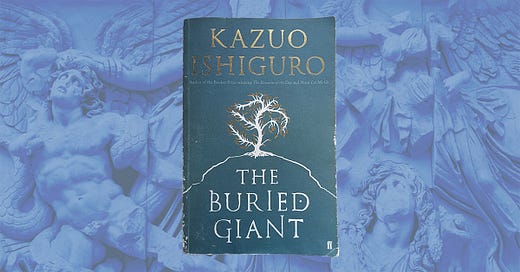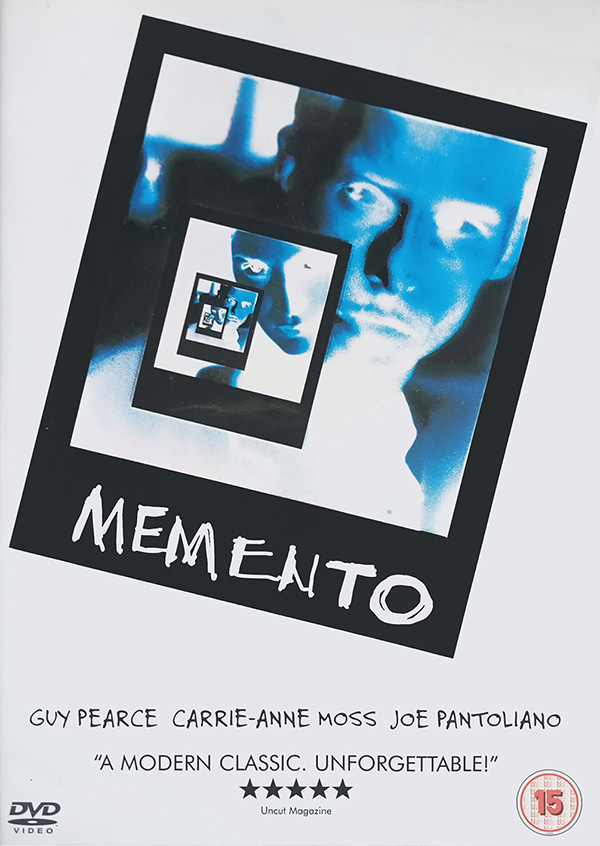Just as we breathe continuously but rarely think about air, we go about our daily activities without thinking much about memory. Memory is the basic stuff of our humanity. Memory builds the solid structures of an infant’s expanding mind. Forgetfulness shrinks our horizons as age readies us for the grave.
Many valuable works have explored aspects of memory. Christopher Nolan’s Memento (2000) considers meaning and purpose via a protagonist who sustained brain damage while attempting to stop his wife’s murder. Unable to make new memories and with his wife’s last breath the final scar on his consciousness, he is forced to pursue his revenge by continually reconstructing his mission from texts tattooed on his person and a pocket full of polaroids. The masterstroke of Memento is that its plot runs in reverse. We see its climax at the start and we work our way forward to its beginning. That is, we experience every scene with no “memory” of its past.
Kazuo Ishiguro’s must-read The Buried Giant (2015) explores a related aspect of memory. It asks: is it a greater curse to be unable to remember or to be unable to forget?
The book centres on an elderly couple, Axl and Beatrice, living in an ancient England that has collectively lost its memory. A fog hangs over the land, erasing clarity both of vision and mind. It comes to pass that the “sense of some unnamed loss” gnaws at Axl and upon reflection, the couple becomes aware of a long-overdue visit that they must make. They remember a son. An invitation to his village. They believe – by faith or foolhardiness – they’ll know where to go.
The titular buried giant appears fleetingly in chapter 2, mentioned among other supernatural threats that might beset their journey. The road climbs over a mound in which the giant is buried and a wise traveller knows to leave the path and go around.
It might seem strange that this giant plays no further role in the story, but ultimately it represents the core conflict of the book. There is a giant, dangerous even in death, subdued for now just below the surface. For those who know how to skirt around it, its potential for evil – alluded to but not named – can be contained. But this England is similarly a land whose peace is founded on evils buried, on pain blunted by forgetfulness. Is clouded peace to be preferred to clear-eyed conflict? Is it better to know yourself and not to like what you see?
In my own country, a quarter-century after the fall of Apartheid, some white South Africans still parrot the propaganda that taught them to bury any facts that would rob them of their peace. Some still find themselves able to talk about a country that has been “ruined” by black leadership, unable to form the memory of a brutalised country that was formerly only hospitable to their privileged minority. By God’s grace, we were given a leader who saw a route to peace and walked us down it. Yet the buried giant of racism remains dulled but not defeated, an ever-present offence for black South Africans to bear, wounded again by those willfully blinded in a fog of forgetfulness.
Dr Jordan Pickering is Director of Media at the KLC, an Associate Editor of TBP and an Associate Fellow of the KLC.







